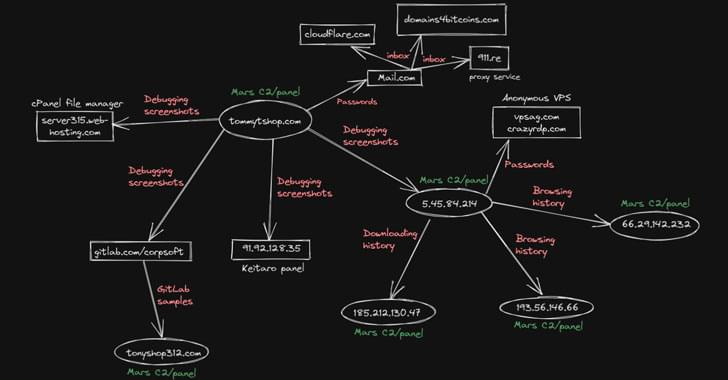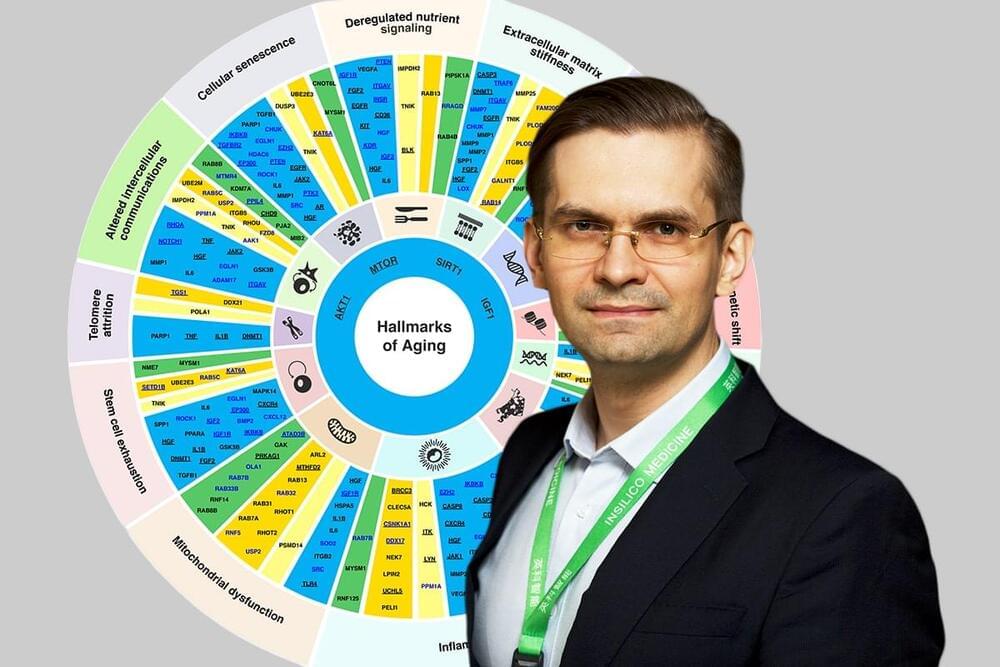Hackers using a “complex and powerful” malware loader with the ultimate objective of deploying cryptocurrency miners on compromised systems.
Researchers have uncovered a new malware campaign spreading Mars info-stealer via Google ads.



Reward maximisation is one strategy that works for reinforcement learning to achieve general artificial intelligence. However, deep reinforcement learning algorithms shouldn’t depend on reward maximisation alone.
Identifying dual-purpose therapeutic targets implicated in aging and disease will extend healthspan and delay age-related health issues.

AI is all that matters now, and reaching Agi before 2030 is all that matters for this decade.
A substantial percentage of the human clinical trials, including those evaluating investigational anti-aging drugs, fail in Phase II, a phase where the efficacy of the drug is tested. This poor success is in part due to inadequate target choice and the inability to identify a group of patients who will most likely respond to specific agents. This challenge is further complicated by the differences in the biological age of the patients, as the importance of therapeutic targets varies between the age groups. Unfortunately, most targets are discovered without considering patients’ age and being tested in a relatively younger population (average age in phase I is 24). Hence, identifying potential targets that are implicated in multiple age-associated diseases, and also play a role in the basic biology of aging, may have substantial benefits.
Identifying dual-purpose targets that are implicated in aging and disease at the same time will extend healthspan and delay age-related health issues – even if the target is not the most important in a specific patient, the drug would still benefit that patient.
“When it comes to targets identification in chronic diseases, it is important to prioritize the targets that are implicated in age-associated diseases, implicated in more than one hallmark of aging, and safe,” said Zhavoronkov. “So that in addition to treating a disease, the drug would also treat aging – it is an off-target bonus.”

Imagine gliding into space in a pressurized capsule via a huge balloon the size of a football stadium. That’s how one startup plans to take tourists on suborbital journeys 100,000 feet above Earth.
Passengers will be able to observe stunning views during a six hour journey. They will also be able to sip on cocktails from a bar aboard the vessel. (Yes, there’s a bathroom.)
The voyage will happen “very gently and smoothly” and provide passengers “the quintessential astronaut experience,” Jane Poytner, co-founder and co-CEO of Space Perspective, told Yahoo Finance Live.

Now, though, new research is helping us understand this strange dusty environment and paving the way for safer Mars missions in the future — like a crewed landing and possibly even a permanent settlement.
The problem of dust
Mars’s surface is covered in fine particles of dust. With its smaller size than Earth, it has lower gravity – around one-third of the gravity here – and a thinner atmosphere, which is around one percent of the density of Earth’s atmosphere. That means it is easy for winds to form and to pick up those dust particles, blowing them into a dust storm.
Great article by the great Steve Hill. One little thing:
“The life extension community unfortunately does have a reputation for being long on promises and short on delivery. With what is now decades of research, there are still no effective therapies against aging.”
Well, George Church commented recently that life extension does exist for mice and worms. And there is one human trial underway via plasma dilution and another one later this year.
It seems bizarre that in 2022, some biotech companies interested in doing something about aging are still saying that they are not. Cellular rejuvenation seems to be the latest buzzword and an attempt to rebrand and escape the stigma of anti-aging.